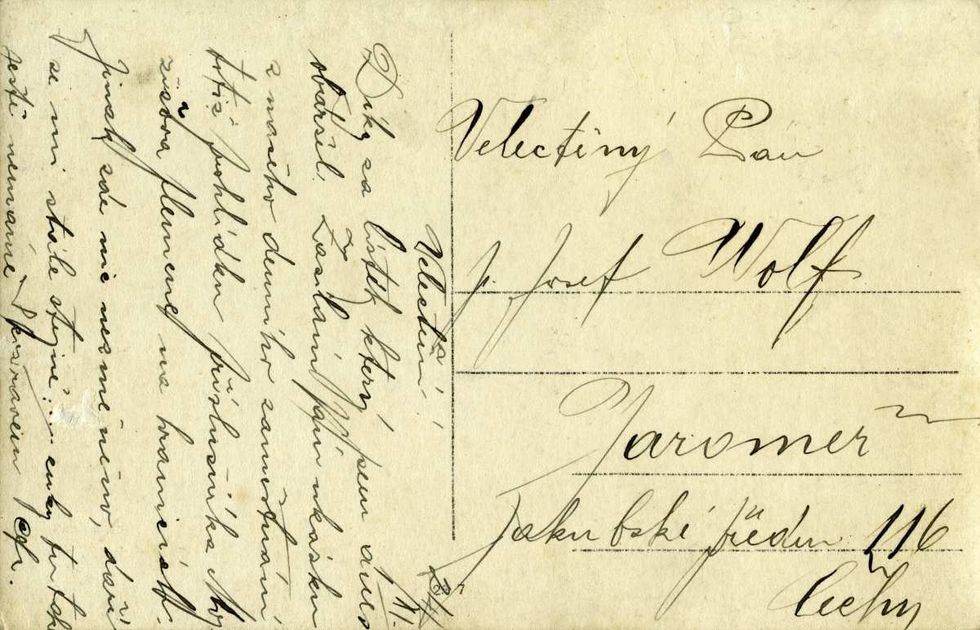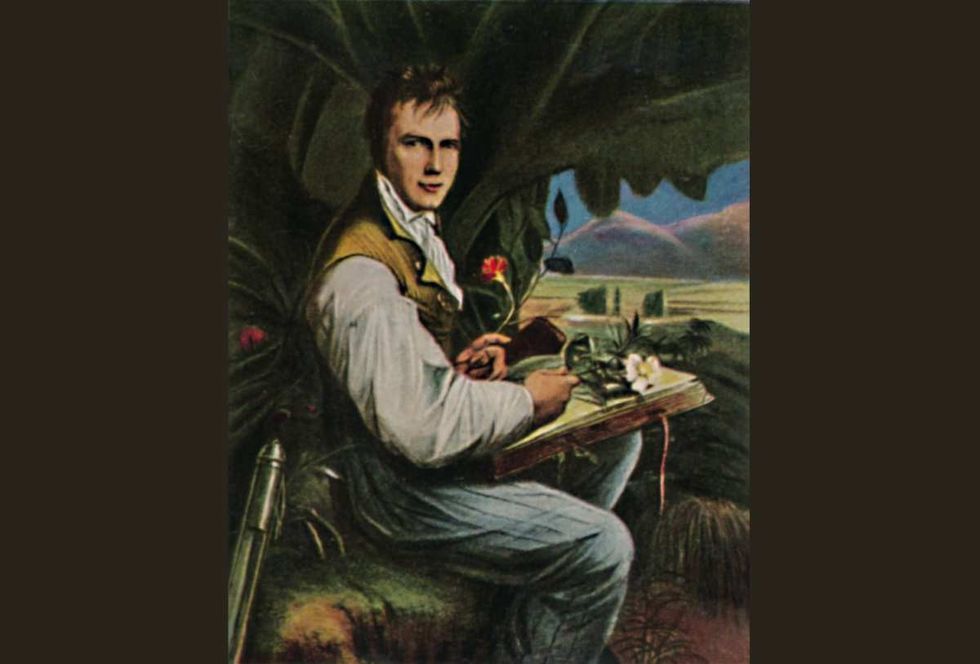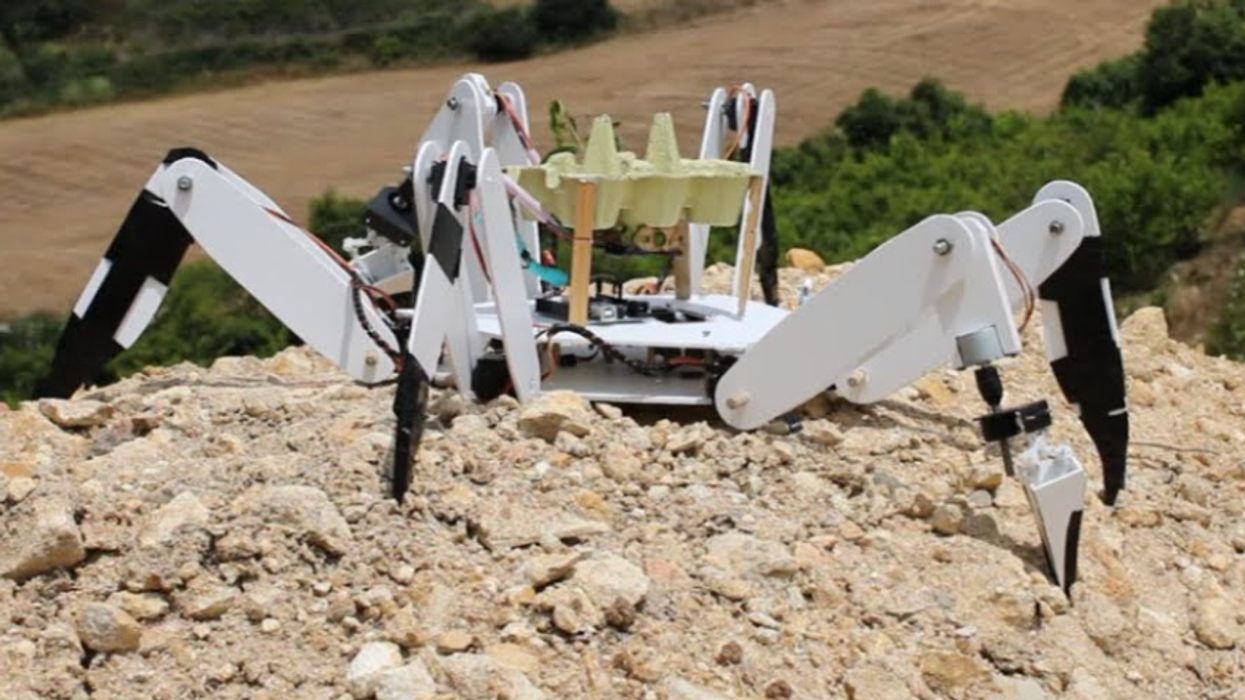When sifting through old boxes or stacks of vintage papers, one often uncovers nostalgic relics from the past. But occasionally, these discoveries are far more valuable. Such was the case at the Bavarian Environment Agency (LfU) in Germany. While employees were digitizing their historic mineral collection of 130,000 exhibits, they stumbled upon one of the "rarest minerals on Earth." A handwritten letter in a drawer revealed the name of the mineral—Humboldtine. The LfU shared the details in a January 2024 press release, noting that more information would be published in Geologica Bavarica.
According to Mindat, an online mineral and rock database, humboldtine is “a rare authigenic mineral from the mineral class of organic compounds with the chemical composition Fe2+(C2O4)·2H2O.” It is a water-containing iron salt of oxalic acid, with color ranging in shades of yellow, mostly amber-yellow or lemon-yellow. With crystals small and prismatic, humboldtine forms when carbon compounds and iron-oxide react with water.

The mineral is typically found in the fracture surfaces in coal deposits and rarely in granitic pegmatites and hydrothermal mineral deposits. It was first discovered by German mineralogist August Breithaupt in a brown coal deposit near the municipality of Korozluky in Okres Most, according to Forbes. In the 1820s, Peruvian geologist Mariano Eduardo de Rivero y Ustariz, named the mineral after the German 19th-century naturalist and explorer Freidrich Heinrich Alexander von Humboldt. Von Humboldt was a former mining engineer and mineral collector.


The 75-year-old letter that the employees found was written by a coal mine owner and sent in 1949 to the agency. The letter mentions the presence of Humboldtine in the coal seams of the Matthiaszeche near the town of Schwandorf, a town on the river Naab in the Upper Palatinate. The agency asked for some samples to investigate and verify whether the mineral was humboldtine. Led by Roland Eichhorn, head of the geological department at the LfU, X-ray diffractometer, and chemical analysis were carried out of the chunk of mineral found in the archive’s drawer. They described that the mineral was “almost the size of a hazelnut.”

“Skepticism was appropriate. Until now, Humboldtin has only been found as tiny crystals in a few places around the world. It was only through in-house laboratory analysis that we were able to provide certainty,” said Eichhorn in the press release. He further added that "together, these would turn into about a snowball that fits in one hand. And we have now found a second snowball," according to an Instagram post by The Munich Show (@the_munich_show).
The rare find is set up to be exhibited at the LfU stand at the Munich Show (Mineralientage Munchen), which will be held in October 2024. The Munich Show is Europe’s top show for minerals, fossils, gemstones & jewelry.
However, the researchers say that further information about these yellow crystals will probably remain a mystery forever because the mine in Schwandorf, mentioned in the letter, was closed in 1966, and was subsequently flooded.
This article originally appeared last year.



















 A road near equatorial Atlantic OceanCanva
A road near equatorial Atlantic OceanCanva Waves crash against rocksCanva
Waves crash against rocksCanva
 Image artifacts (diffraction spikes and vertical streaks) appearing in a CCD image of a major solar flare due to the excess incident radiation
Image artifacts (diffraction spikes and vertical streaks) appearing in a CCD image of a major solar flare due to the excess incident radiation
 Brady Feigl in February 2019.
Brady Feigl in February 2019.
 Yonaguni Monument, as seen from the south of the formation.
Yonaguni Monument, as seen from the south of the formation. 

